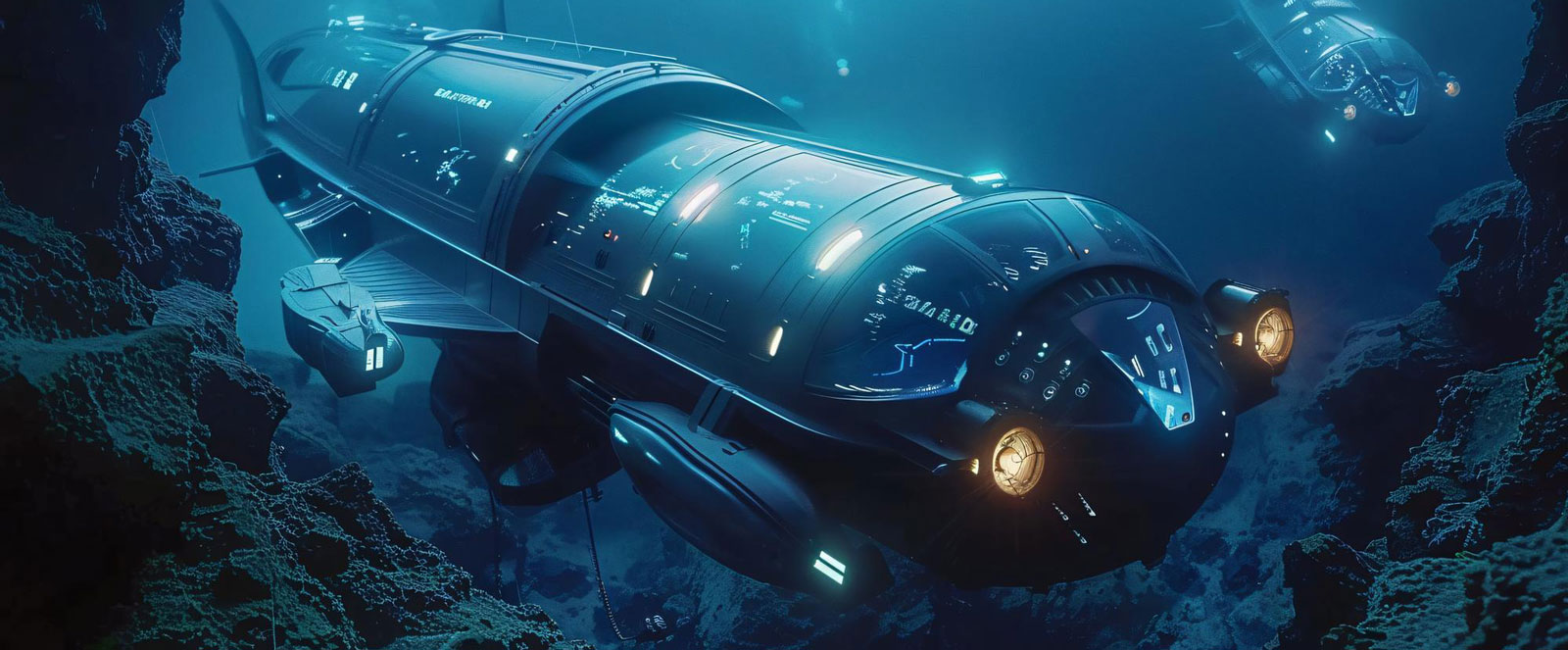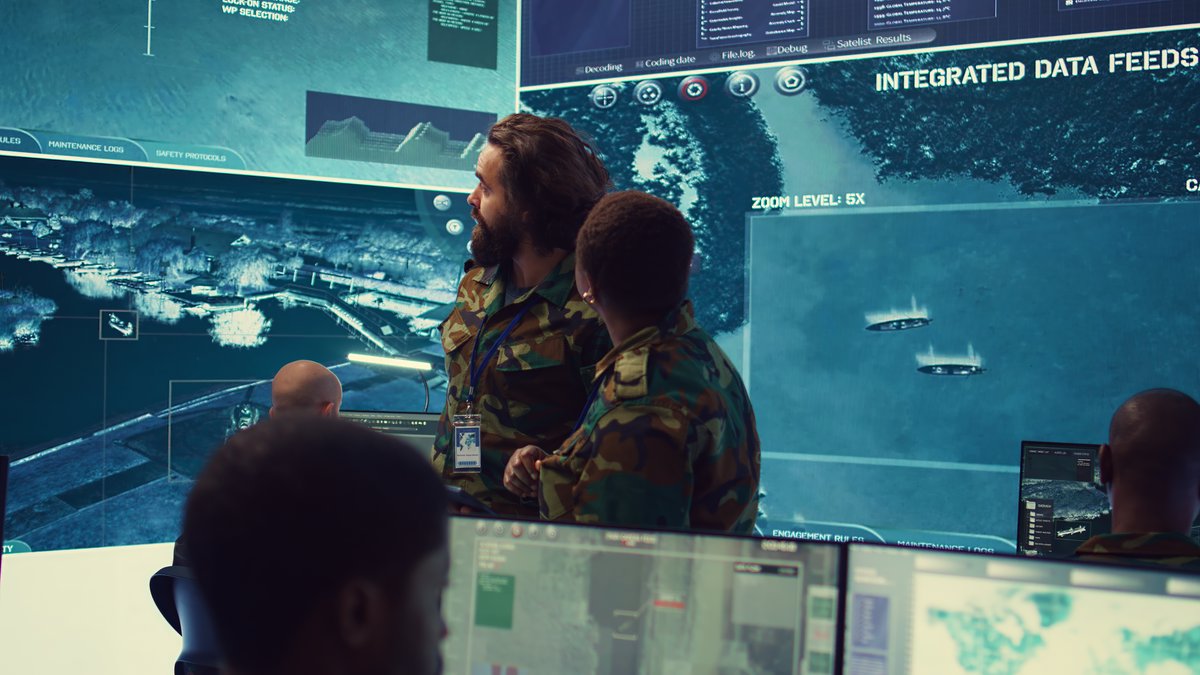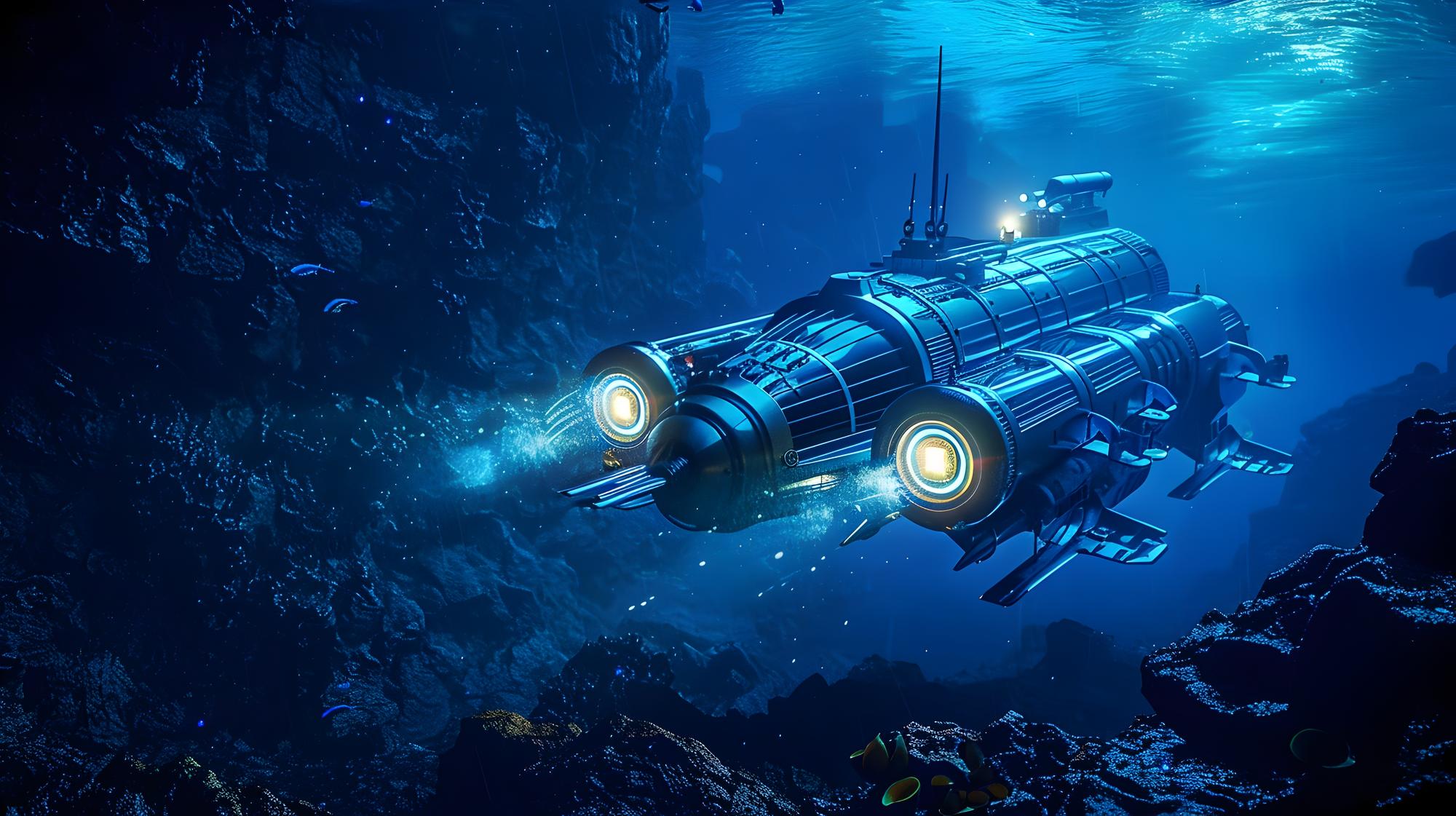
The vast and largely uncharted depths of the ocean have long fascinated scientists, explorers, and enthusiasts alike. With more than 70% of the Earth’s surface covered by water, the ocean holds untold mysteries and critical insights into our planet’s past, present, and future. In recent years, advancements in artificial intelligence (AI) and robotics have been pivotal in transforming ocean exploration, making it more efficient, comprehensive, and insightful than ever before.
This article delves into how AI and robotics are pushing the boundaries of ocean exploration and what these technologies mean for the future of our understanding of the deep sea.
The Role of Robotics in Ocean Exploration
Robotics have revolutionized the way we explore and understand the ocean. From underwater drones to autonomous vehicles, robotic technologies are capable of reaching depths and environments that were once inaccessible to human divers. Here’s how these innovations are making waves in ocean exploration:
– AUVs are robotic devices that operate underwater without direct human control. Equipped with sensors and cameras, AUVs can collect data on water temperature, salinity, and marine life, as well as map the ocean floor. These vehicles can operate for extended periods and cover large areas, making them invaluable for conducting comprehensive ocean surveys and monitoring environmental changes.
– Unlike AUVs,ROVs are operated from the surface via a tether. These vehicles are equipped with advanced manipulators, high-resolution cameras, and scientific instruments, allowing researchers to perform detailed investigations and collect samples from the ocean floor. ROVs are often used in deep-sea exploration, where they can reach extreme depths and withstand high pressure.
– Underwater drones, orsubmersibles, are smaller, more agile robots designed for specific tasks, such as capturing high-definition video footage of marine life or conducting targeted research. These drones are often used in combination with AUVs and ROVs to provide a more detailed view of particular areas of interest.

Artificial Intelligence: Enhancing Data Analysis and Decision-Making
AI is transforming ocean exploration by enabling sophisticated data analysis and decision-making processes. With the vast amounts of data collected by robotic systems, AI algorithms play a crucial role in interpreting and extracting meaningful insights. Here’s how AI is making an impact:
– AI-powered systems can process and analyze data in real time, allowing researchers to make informed decisions during an expedition. For example, AI can identify and classify marine species from video footage, enabling scientists to quickly assess biodiversity and monitor populations.
– Machine learning algorithms are used to create predictive models of ocean conditions, such as currents, temperature variations, and pollutant dispersion. These models help scientists understand and anticipate changes in the marine environment, improving the accuracy of their forecasts and enabling more effective conservation strategies.
– AI can automate the interpretation of complex datasets, such as sonar readings and sensor data. This reduces the time and effort required to analyze information manually and increases the accuracy of detecting anomalies, such as underwater geological formations or signs of environmental distress.
Innovative Applications of AI and Robotics in Ocean Exploration
The integration of AI and robotics has led to several groundbreaking applications in ocean exploration:
– AI and robotics are making it possible to explore the deepest parts of the ocean, such as the Mariana Trench, with unprecedented detail. Advanced robotic systems equipped with AI can navigate these extreme environments, capture high-resolution imagery, and conduct experiments in areas that were previously inaccessible.
– AI-driven robots are being used to monitor and protect marine ecosystems. For instance, autonomous systems can track the movements of endangered species, detect illegal fishing activities, and assess the health of coral reefs. These technologies provide critical data for conservation efforts and help enforce regulations.
– Robotic platforms equipped with environmental sensors are used to monitor ocean health and detect pollution levels. AI algorithms analyze this data to identify sources of pollution, track its spread, and assess its impact on marine life. This information is essential for developing strategies to mitigate environmental damage.

The Future of AI and Robotics in Ocean Exploration
The future of ocean exploration is poised for even more exciting advancements as AI and robotics continue to evolve. Emerging technologies, such as swarm robotics (where multiple robots work together in coordinated groups) and machine learning enhancements, will further enhance our ability to explore and understand the ocean.
Moreover, the integration of AI with other technologies, such assatellite remote sensing and high performance computing, will enable more comprehensive and precise oceanographic studies. As these technologies advance, they will open new frontiers in ocean exploration, leading to groundbreaking discoveries and a deeper understanding of the world’s oceans. In conclusion, AI and robotics are not just transforming ocean exploration—they are revolutionizing it.
By providing new tools for data collection, analysis, and interpretation, these technologies are expanding our knowledge of the ocean and helping to address some of the most pressing challenges facing our planet. As we continue to explore the depths of the sea, the synergy between AI and robotics will undoubtedly play a pivotal role in uncovering the mysteries of the deep and ensuring the health of our marine ecosystems.
